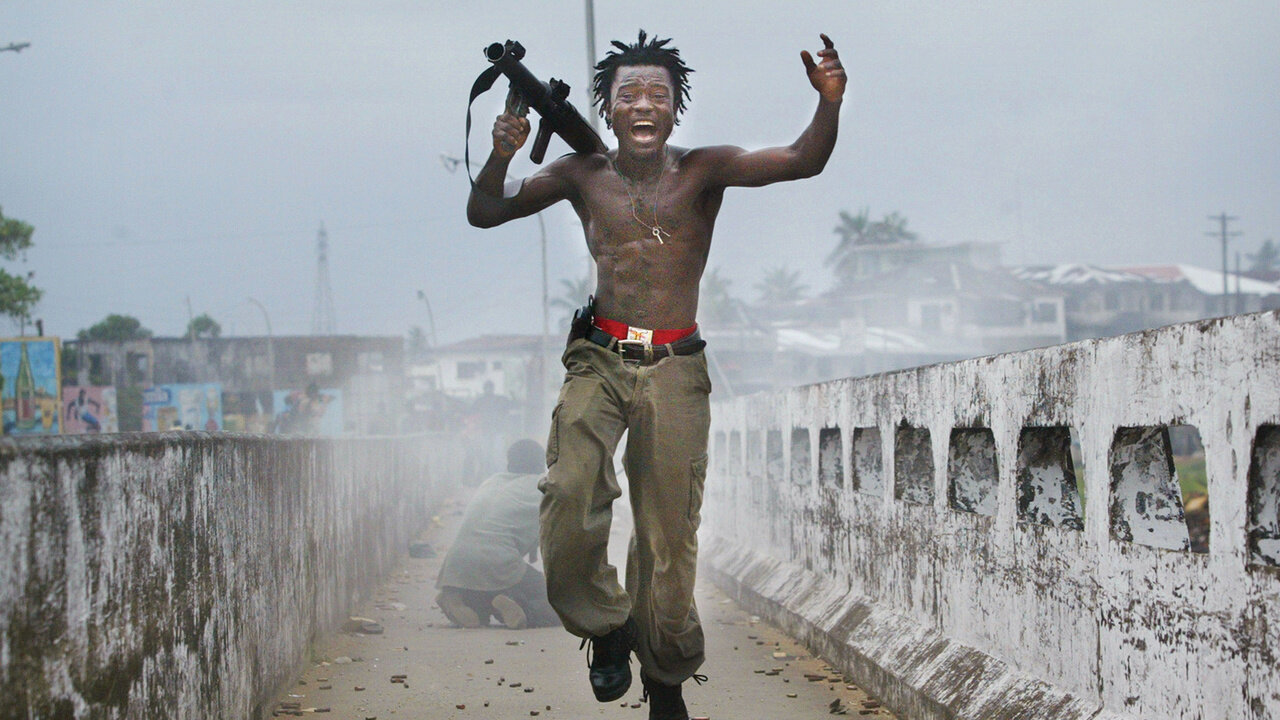Review: Hondros
What compels someone to become a war photographer? Is it for thrill seekers? People who are attracted to danger? Or only for those devoid of enough emotion to stomach days of violence at a time? In award-winning photographer Christopher Hondros, we find none of these qualities. In fact, the exact opposite.
Directed by his childhood friend Greg Campbell, also a journalist, Hondros documents the life of a man who spent his life documenting the lives of people throughout the world. Christopher Hondros was a photographer with Getty Images, widely known for his close up images of fighting in war zones. In Hondros, we get a chance to understand the sacrifice made by conflict photographers and delve into the life of a man behind some of the world’s most famous photographs.
Hondros is a testament not only to the compassion of this photographer, but also the role journalists can play in conflict resolution. He rose to fame for his photographs of the gun fights during the Liberian Civil War in 2003. His widely-circulated photographs documenting the war eventually led to widespread condemnation of the international community for not intervening sooner, and began the UN involvement in the war’s peace negotiation.
Hondros himself was also personally invested in the people he was supporting. His photography was a personal investment in the communities and individual people he was photographing. Hondros stressed the importance of not just taking from the community, and profiting from it, but also of ensuring that one’s work focuses on the people of a disaster, and not the disaster itself. Hondros never saw the people he photographed as simple subjects, but humanized them, and developed personal relationships with many of them.
Years after the Liberian Civil War ended, Hondros returned to Liberia to seek out the man he had photographed years before, and whose image served as the catalyst for the peacemaking efforts that ended the war. After much searching, Hondros learned the name of the man he’d photographed in a firefight years ago. His name was Joseph Duo, and after a life of fighting in the civil war, he was unsure what path to take. Hondros and Duo developed a friendship, and after learning of Duo’s insecurity about his future, Hondros offered to pay for his schooling. Today, instead of a life of crime, Duo is now pursuing a career in criminal justice, serving as his area’s police director.
The documentary uses Hondros' own footage and interviews from all the people whose lives he touched, including those of other photojournalists. Throughout the documentary, others speak of his compassion, his sense of empathy, and the emotional connections he developed with people along the way. Hondros was known for throwing parties and get-togethers in his hotel rooms for journalists covering the same events, providing everyone with a respite from tragedy that surrounds them. His supportive demeanor made him adored by other top photojournalists, and many younger ones he sought to mentor. His ability to connect with others no matter the situation enabled him to continue working in a career that easily instills a sense of alienation.
If anything, Hondros’ pictures were moving because they were an extension of himself. Even in the most perilous situations, Hondros looked beyond the worst of humanity, but also sought to capture its best. This film depicts a man whose sensitivity and emotional investment in his subjects are what allowed him to so successfully capture images that held such strong emotional resonance.
Hondros also highlights the changing view of journalists over the past decade. Where a press pass once provided a person amnesty in battle zones, they now make people targets, including several of Hondros’ colleagues who were kidnapped and tortured. This changing dynamic made Hondros and many of his colleagues reconsider the danger they placed themselves for their work. However, Hondros persisted, even with heightened risks, a persistence in the face of extreme danger which led to his eventual death. The world lost Chris Hondros in 2011. While on assignment in Libya, he was killed in a mortar attack by Qaddafi forces.
His legacy, however, lives on in his photography and the lives of every person he touched. Hondros is a reflection on the power of photojournalism to affect real world change and a deeply personal behind the scenes look at the people who risk their lives to share the stories many of us are privileged enough to be unaware of.
